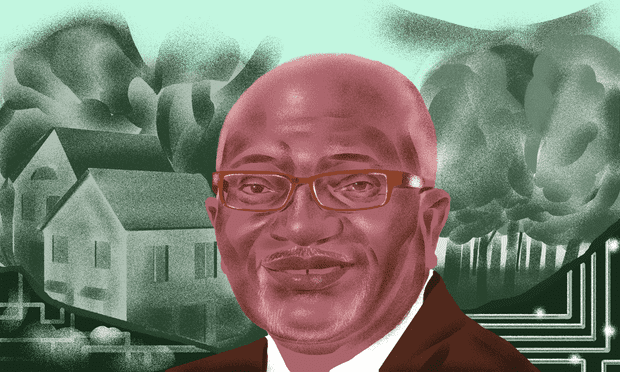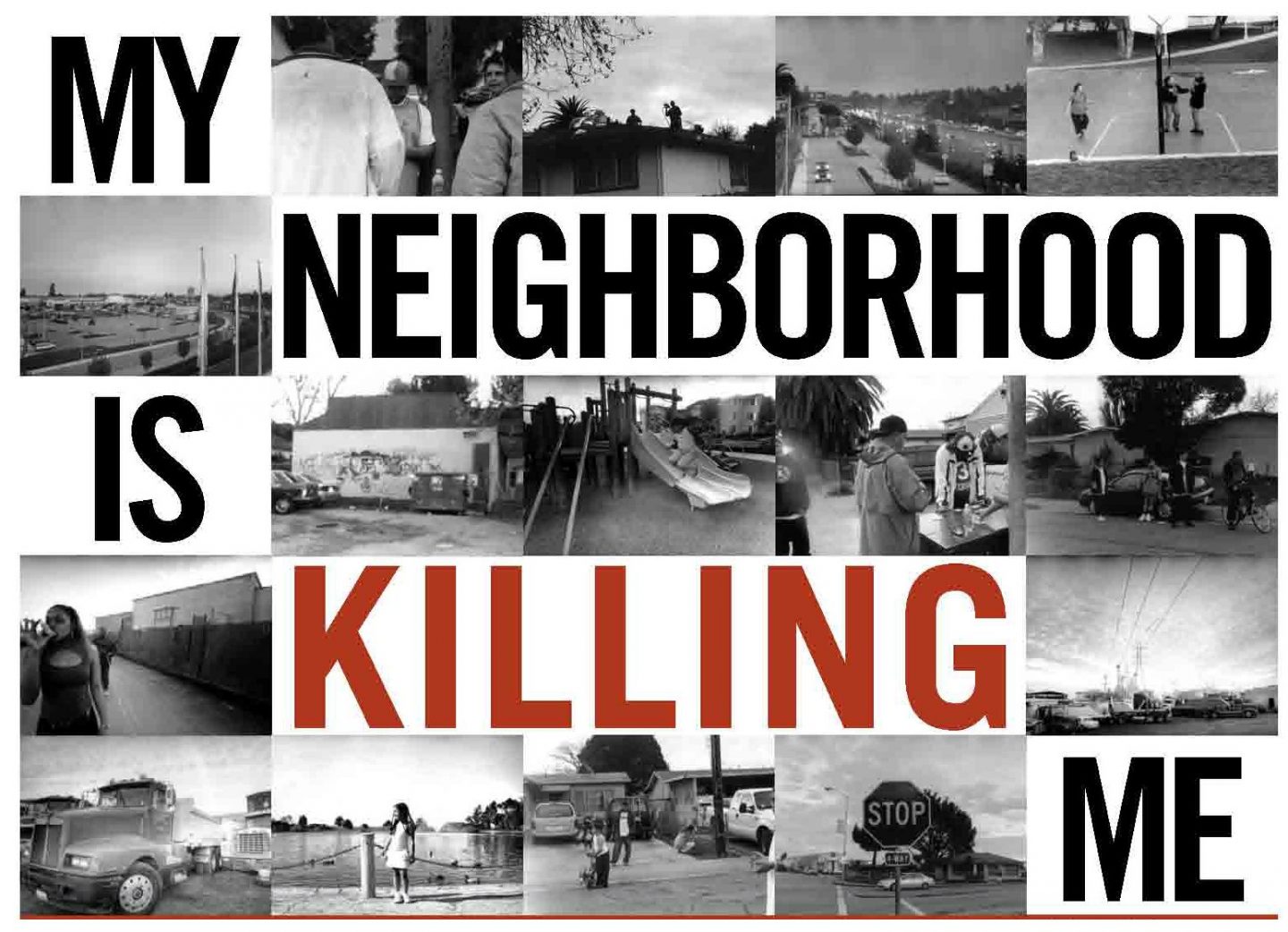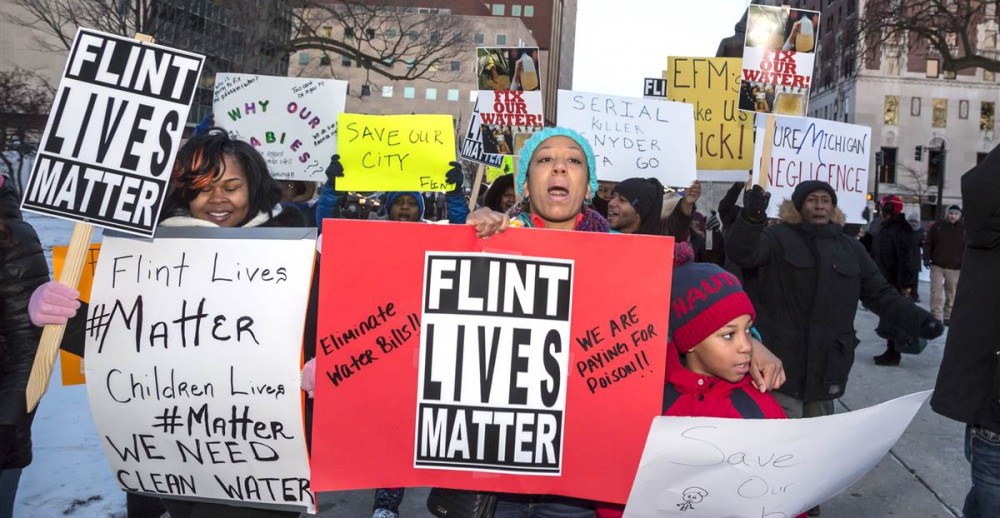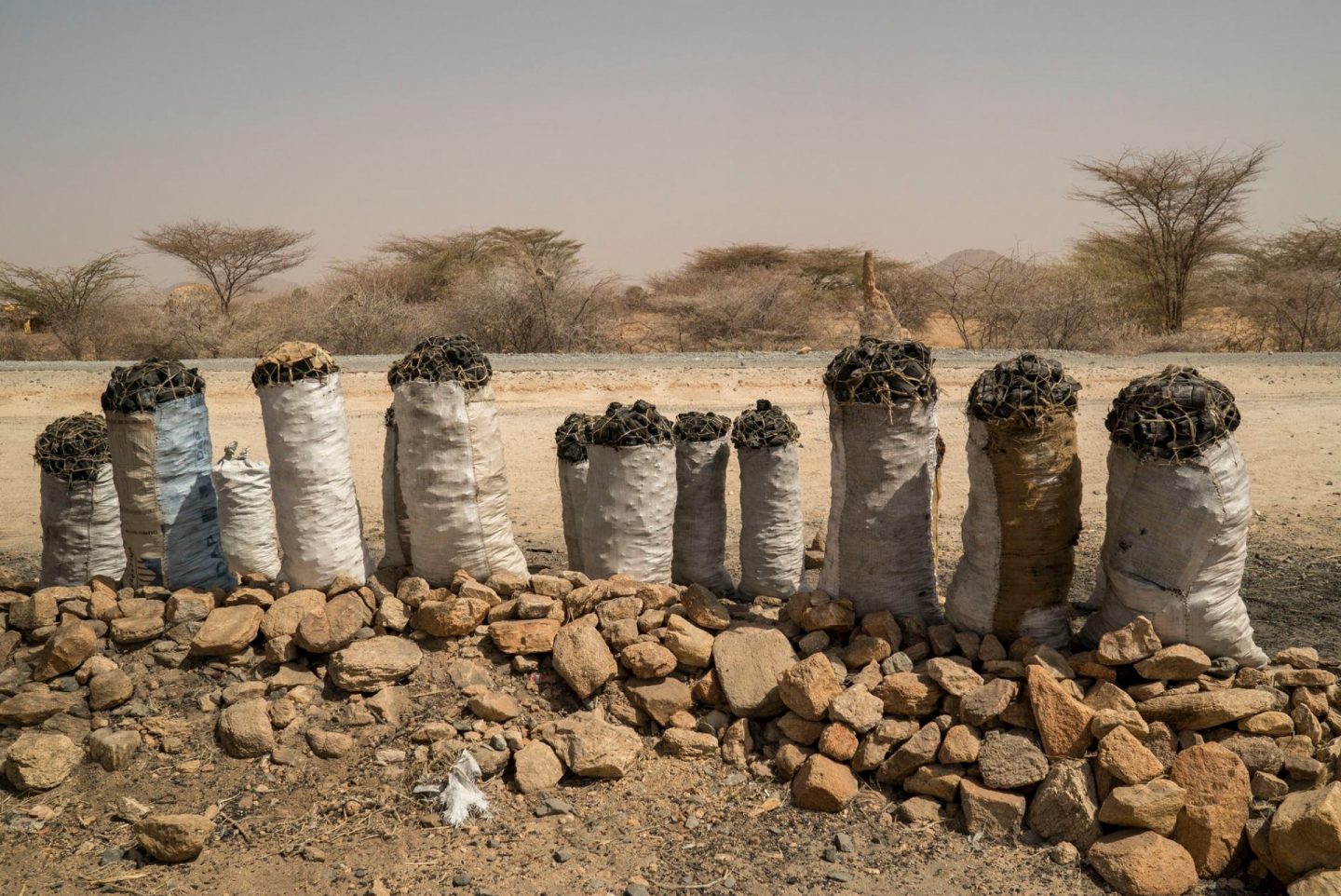
It’s been two weeks since the latest horrific killing of a black man, George Floyd, in Minneapolis by a white police officer. It has upended the world, prompted global protests and started many of us white folk on a long overdue journey in to understanding racism and awakening from what Layla F. Saad describes as ‘the comfortable slumber of white privilege’. It’s of course not an overnight job – and I at least wanted to take the last week to mute my voice online, listen to the black community and spend time reading, watching, researching, and talking to as many people as I could about the matter.
Last Friday (5th June) was World Environment Day, set up in 1974 by the United Nations and dedicated to promoting positive steps that individuals, communities and governments can take to protect the environment; I’ve taken the time to look into environmental inequality.

I came across the work of Dr. Robert Bullard, a professor at Texas Southern University, known as the “Father of Environmental Justice”. Bullard started working on environment and race in 1978/79 when his wife filed a civil rights lawsuit against the city of Houston and the state of Texas after collecting landfill data. The research found that between the 1930s and 1978, 82% of all the waste in Houston was dumped in black neighbourhoods, even though only 25% of the population was black. This was not random or isolated; it was targeted and widespread across the southern states and the nation. They lost in court but the concept of environmental racism was born, and over 40 years later, the issue of minority communities bearing the burden (literally) of pollution looms large.
The principle of Environmental Justice is incredibly powerful and centres around the notion that all people are entitled to equal environmental protection regardless of race, colour or national origin. It’s the basic human right to live, work and play in a clean and healthy environment and can be best summarised by Dr Bullard himself, “If a community is located on the wrong side of the tracks, it’s going to get a larger amount of pollution.”
“If a community is located on the wrong side of the tracks, it’s going to get a larger amount of pollution” – Dr Robert Bullard

In the US, such Environmental Racism has is roots in racial discriminating housing, planning and zoning of towns (I read up on Jim Crow segregation laws) which allows chemical plants, landfills and refineries to be built disproportionally in communities of colour. The textbook example is the Flint Crisis where race is perceived to have played a large role in the Government’s tragically slow response.
Beyond the United States, environmental injustices are of course affecting black people all over the world – look no further than this series documenting the crippling droughts that devastated the region’s poorest, most vulnerable people in Africa :
– More than 650,000 children under age 5 across vast stretches of Kenya, Somalia and Ethiopia are severely malnourished
-Water has become so scarce…that fetching it, which is women’s work, means walking an average of almost seven miles every day.
-In Somalia, after decades of war and displacement, 2.7 million people face what the United Nations calls “severe food insecurity.”

On the rich and poor divide, we know that climate change is inextricably linked to economic and social inequality and that it’s the poorest who are both the least responsible for and the most vulnerable to climate change. Philip Alston, the UN reporter, said in 2019 “we risk a ‘climate apartheid’ scenario where the wealthy pay to escape overheating, hunger, and conflict while the rest of the world is left to suffer.”
“We risk a ‘climate apartheid’ scenario where the wealthy pay to escape overheating, hunger, and conflict while the rest of the world is left to suffer” – Philip Alston
The theme of this year’s World Environment Day was biodiversity which refers to the variety of life on Earth (there’s believed to be 8 million species on the planet, 80% of which are still undiscovered). “Without biodiversity,” says Professor David Macdonald, at Oxford University, “there is no future for humanity.” I think of biodiversity as some sort of intricate, delicate, beautiful web where every single part is dependent on another, and when any part is altered, the whole ‘web’ is affected.
With this notion of interdependence in mind, I am making it my aim to shine a light on Environmental Racism and Injustices happening around the world going forward. I hope you’ll stick around for it, and come on this journey with me.
Emma xxx
P.S 18 Websites to learn about Environmental Justice
P.P.S Ordering / borrowing this book asap.


Really good article! It has never occurred to me this could even happen. I will definitely keep on this journey and find out more.
i’ll keep sharing all im learning!